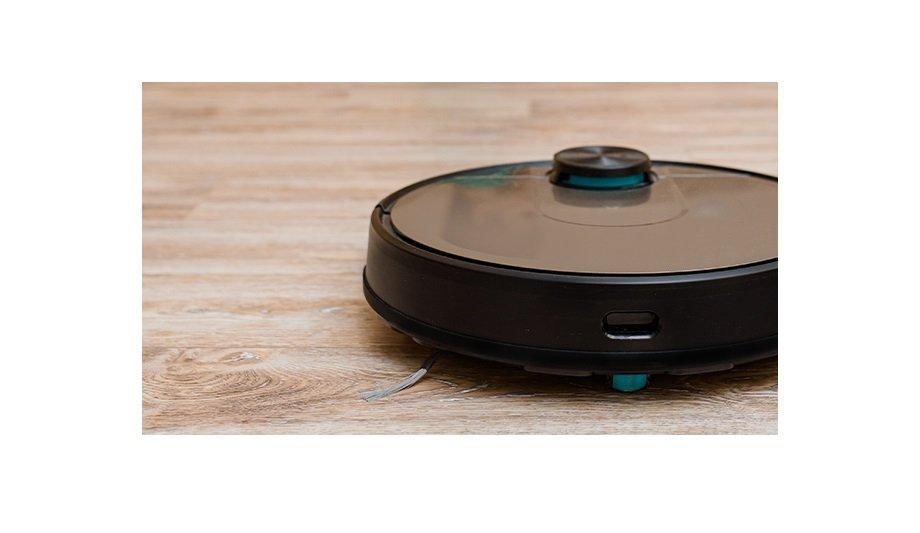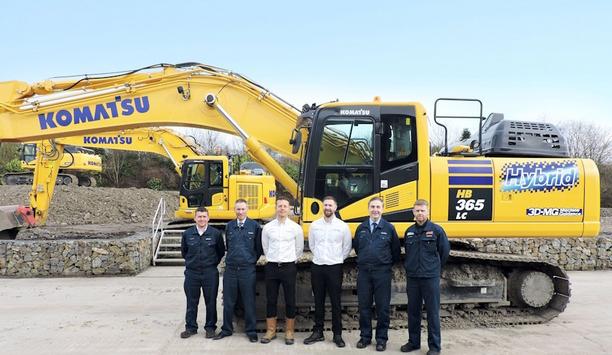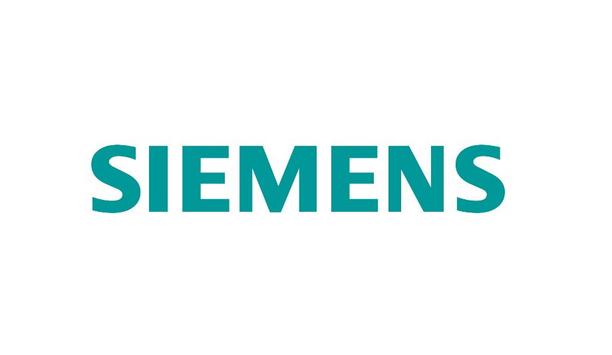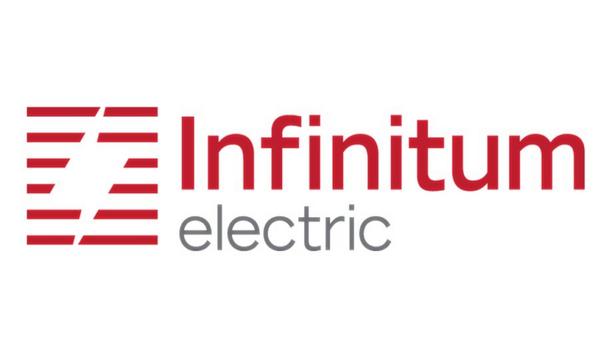The robot vacuum cleaner uses about 15 times less energy than the standard manual vacuum cleaner and can truly be described as an energy-saving appliance.
A traditional, standard vacuum uses around 1.4kWh of power per hour; the humble robot charges on about 60-90 watts (over three hours), with one charge fuelling roughly an hour of cleaning. It’s a no-brainer! However, it’s just not as simple as all that. There are things to consider. And it’s not all great, or green.
Smart tech
Robot vacuums have evolved enormously in recent times and are quite sophisticated in their offering – including the ability to pair with Alexa, return to their docking station, and use drop-sensing technology to stop themselves toppling down the stairs.
It can mooch around the home with minimal fuss, and users have little involvement other than to empty the dust container. With newer models, users don’t even have to do that. It does it.
Power usage
However, the robot vacuum cleaner just can’t cut it in terms of power
Some of these non-intrusive, entertaining machines can return to base, recharge, and head back out to work again – without the user having to look sideways. Some can even make coffee for the 3 o’clock slump.
However, the robot vacuum cleaner – even the top-of-the-range model with the eye-watering price tag – just can’t cut it in terms of power. It doesn’t pack the punch of a standard vacuum cleaner and occasionally users might find themselves overcome by the odd wave of nostalgia.
Awkward crevices and tight spots
Don’t get it wrong, the average robot will do a good job and take away all the obvious bits of dust and debris, but it just can’t do it with conviction.
There is also the small matter of the average robot being unable to tackle awkward crevices and tight spots – though more high-end models are better equipped in this department. It can’t climb the stairs or freshen up the upholstery. It has deficiencies.
Traditional tech
The user might find that, at least once a week, they will plug in the no-fun traditional machine
For a user to be fully satisfied with the cleanliness of the home, the user will also need to own a traditional, standard vacuum cleaner.
The user might find that, at least once a week, they will plug in the no-fun traditional machine and do a proper cleaning top-up. Remember, this machine uses up a lot more energy.
Low-cost robot cleaner
Not only are users running a low-cost robot cleaner every day or two, but users are topping up with a full ‘proper’ cleaning to bring it up to the standard user desire. And so, users practically doubled up on energy use and costs.
The moral of the tale is – if user’sr’re not careful and if cleaning means a lot to the user, the robot vacuum is going to cost the user more in the long run and ruin a lot of the green credentials it started with.






